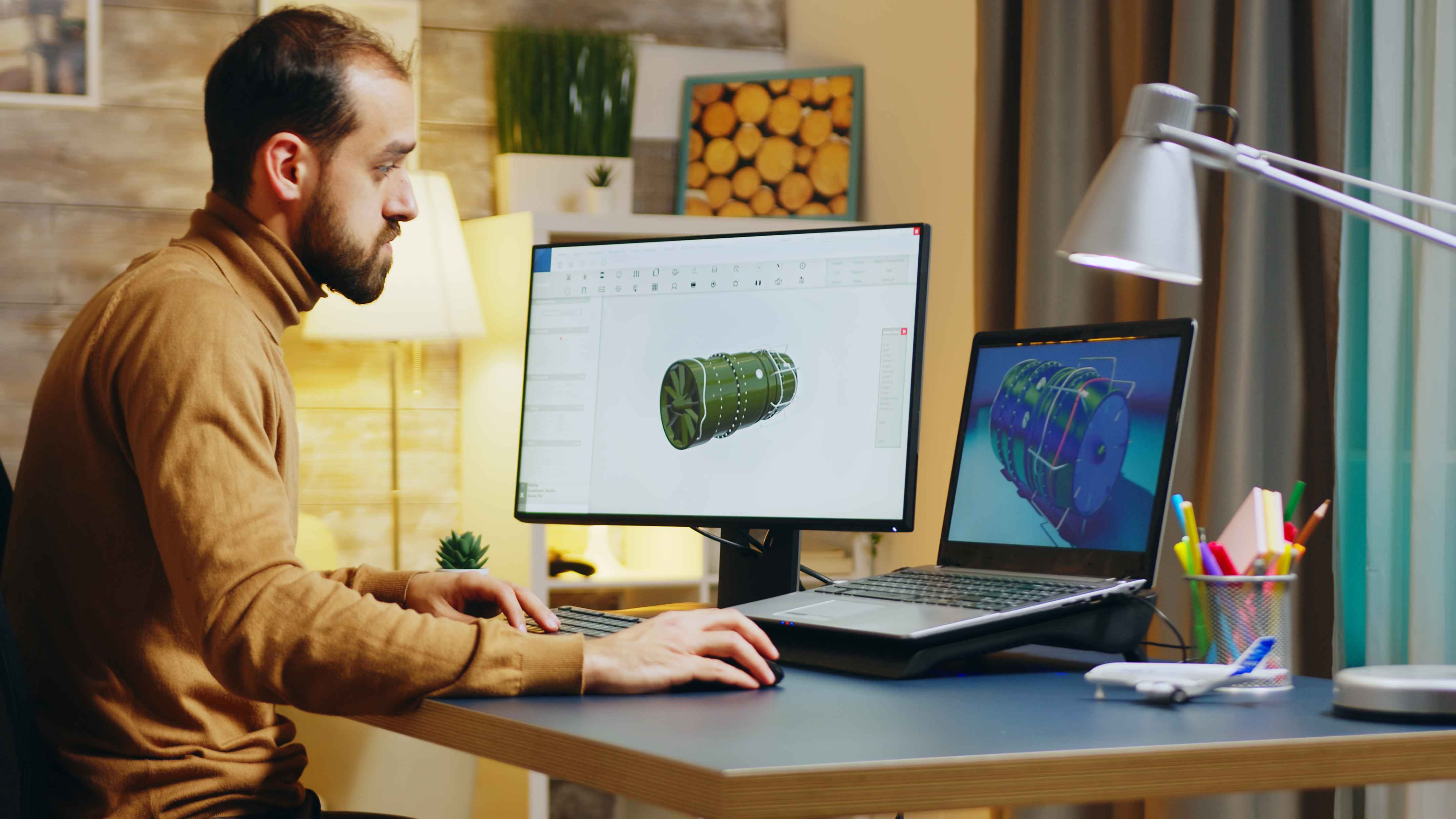Biomedical engineering has recently emerged as its own study, as compared to many other engineering fields. Such an evolution is common as a new field transition from being an interdisciplinary specialization among already-established fields, to being considered a field in itself. Much of the work in biomedical engineering consists of research and development, spanning a broad array of subfields
Biomedical Engineering, also referred to as Bioengineering, BioMed or BME, is a multidisciplinary STEM field that combines biology and engineering, applying engineering principles and materials to medicine and healthcare.
Biomedical engineering has recently emerged as its own study, as compared to many other engineering fields. Such an evolution is common as a new field transition from being an interdisciplinary specialization among already-established fields, to being considered a field in itself. Much of the work in biomedical engineering consists of research and development, spanning a broad array of subfields
The increasing demand for Biomedical Engineers is linked to society’s general shift towards everyday utilization of machinery and technology in all aspects of life. The combination of engineering principles with biological knowledge to address medical needs has contributed to the development of revolutionary and life-saving concepts such as:
- Artificial organs
- Surgical robots
- Advanced prosthetics
- New pharmaceutical drugs
- Kidney dialysis
Biomedical Engineering is a broad field with different areas of focus, and the exact nature of the work you can find yourself doing will vary depending on the specifics of your role. A few examples of some of the subdivisions of Biomedical Engineering include:
- Biomedical Electronics
- Biomaterials
- Computational Biology
- Cellular, Tissue and Genetic Engineering
- Medical Imaging
- Orthopedic Bioengineering
- Bionanotechnology
What do Biomedical Engineers do?
Biomedical engineers work in a wide variety of settings and disciplines. There are opportunities in the industry for innovating, designing, and developing new technologies; in academia furthering research and pushing the frontiers of what is medically possible as well as testing, implementing, and developing new diagnostic tools and medical equipment; and in government for establishing safety standards for medical devices.
Many biomedical engineers find employment in cutting-edge start-up companies or as entrepreneurs themselves.
Qualifications and training required
To become a biomedical engineer, a good degree in a relevant subject such as biomedical engineering, biomedical science, mechanical engineering, electrical engineering, or physics is required. Postgraduate qualifications can be beneficial (particularly for non-engineering graduates) and may be necessary for some posts.
Prior relevant experience can be helpful
Research work, voluntary work (for charities such as Remap, hospital placements, and laboratory experience can also be useful.
What does a biomedical engineer do?
Biomedical engineers work with a wide range of medical, technical, and administrative staff and, at times, patients. Responsibilities of the job include:
- designing, testing and implementing new medical procedures, such as computer-aided surgery and tissue engineering
- designing, developing, testing and modifying products, equipment, and devices
- liaising with medical, engineering and scientific staff
- training staff to use equipment safely
- maintaining equipment
- writing reports and documentation
- Undertaking relevant research.
Key skills for biomedical engineers:
- careful measurement and analytical skills
- good attention to detail
- a good eye for design
- the creative and technical ability to turn designs into products
- the ability to empathize with patients
- Communication and team-working skills.
Biomedical engineers have developed a number of life-enhancing and life-saving technologies. These include:
- Prosthetics, such as dentures and artificial limb replacements.
- Surgical devices and systems, such as robotic and laser surgery.
- Systems to monitor vital signs and blood chemistry.
- Implanted devices, such as insulin pumps, pacemakers, and artificial organs.
- Imaging methods, such as ultrasound, X-rays, particle beams, and magnetic resonance.
- Diagnostics, such as lab-on-a-chip and expert systems.
- Therapeutic equipment and devices, such as kidney dialysis and transcutaneous electrical nerve stimulation (TENS).
- Radiation therapy using particle beams and X-rays.
- Physical therapy devices, such as exercise equipment and wearable tech.
Start now as a freelancer in your own specialization from here Ongineering.com



 Post Your Project
Post Your Project  Projects
Projects 











